Quick Connections

Merve Genç
Speciality
- Acne
- Rosacea
- Urticaria
- Psoriasis
- Eczema
- Hair Diseases
- Botulinum toxin applications
- Hair and face mesotherapy
Education
- University: Dokuz Eylul University Faculty of Medicine 2015
- Speciality: Fırat University Faculty of Medicine 2020
Institutions Worked At
Batman 112 command-control center
Fırat University Faculty of Medicine
Darıca Farabi Education Investigation Hospital
Turkish Dermatology Society
Turkish Association of Medicine
27th National Dermatology Congress (16-20 October 2018)
11th Dermatology Winter School (5-8 December 2018)
4th Dermatology Skill School (23-24 March 2019)
12th spil dermatology days (8-11 April 2021)
30. national dermatology congress(19-23 October 2022)
31st national dermatology congress 18-22 October 2023)
3rd. national esthetics and cosmetics dermatology congress (29 November-3 December 2023)
Areas of Interest

Essential oils obtained from plants are concentrated products used in public health since ancient times. Essential oils, which can be defined as the liquefied form of plant roots, leaves, stems, and flowers with their unique scent and aroma, are used today in the cosmetics, pharmaceutical, and food industries. Niaouli oil, also known as orange blossom oil, is one of the most commonly used essential oils. We have compiled detailed information about niaouli oil and its effects on health for you.

Mesotherapy is a procedure in which medications or similar formulations are delivered to the deeper layers of the skin using fine needles. It allows the active ingredients to be applied directly to the problem area or closer to it than usual. It is used in various fields, such as treating skin issues, skin rejuvenation, and cellulite treatment. Through microinjections of substances like vitamins and plant extracts into the subcutaneous layer, mesotherapy stimulates skin cells, promoting a healthier and more vibrant appearance.
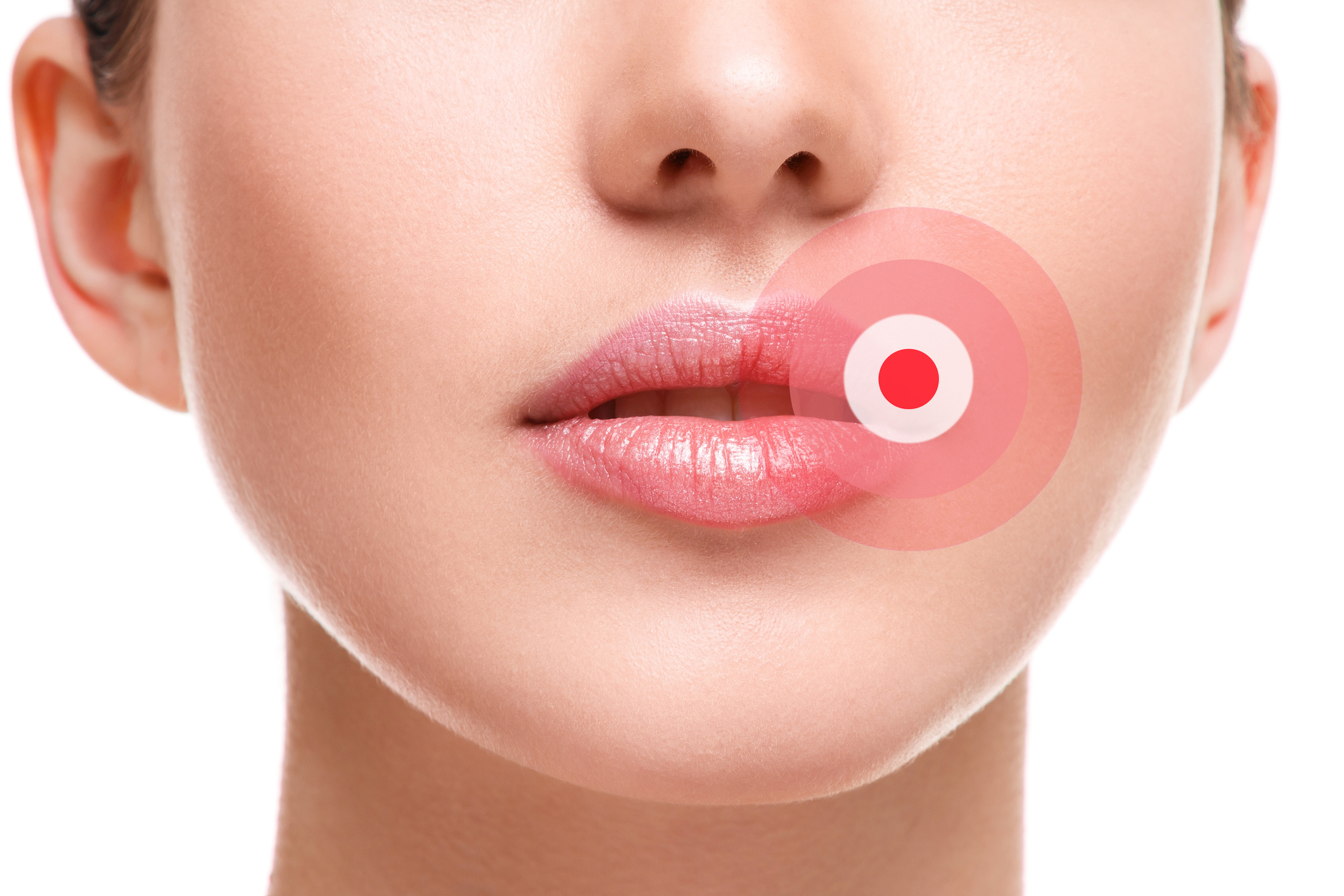
Cold sores, commonly known as small fluid-filled blisters around the lips, are caused by an infection from the Herpes simplex virus (HSV). Cold sores can be a source of physical discomfort, as well as having social and emotional effects. While cold sores are generally harmless, they can sometimes lead to serious complications.

Diaper rash is a common type of rash that typically appears in the diaper area of babies. Depending on its severity, diaper rash can be treated at home or with the help of a doctor. To prevent this rash, it’s important to understand its causes and take appropriate measures accordingly.
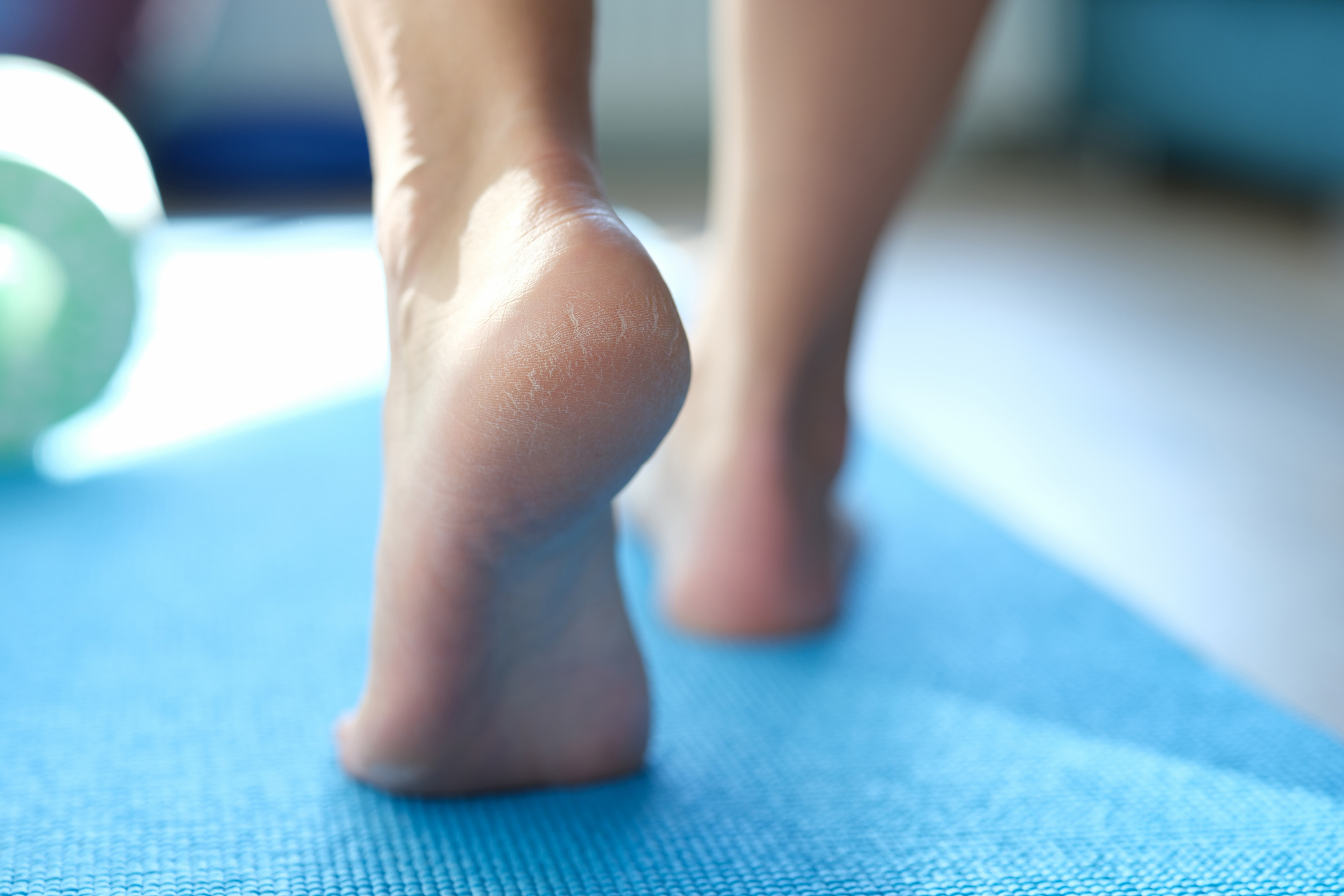
Corns are areas of thickened skin that develop due to repeated pressure, friction, or irritation. They are most commonly seen on the hands and fingers. The most frequent cause of corns is ill-fitting shoes. With a bit of care and attention, most corns can be treated. While corns typically respond well to simple home treatments, severe cases or recurrent corns may require medical attention. Foot care and choosing appropriate footwear are effective measures in preventing the formation of corns.

Damage that develops on the moist inner surface of the mouth can lead to deterioration of oral health. One of the most important structures located in the mouth, where these damages frequently occur, is the tongue. Although tongue ulcers are usually small, they can reach several centimeters in width. These ulcers are typically observed in gray, yellow, and white colors. Tongue ulcers can negatively affect a person's ability to eat, drink, speak, and maintain oral hygiene. Therefore, it is essential to prevent their occurrence or treat them. Identifying the cause of these ulcers, which can be indicative of many diseases, is extremely important.
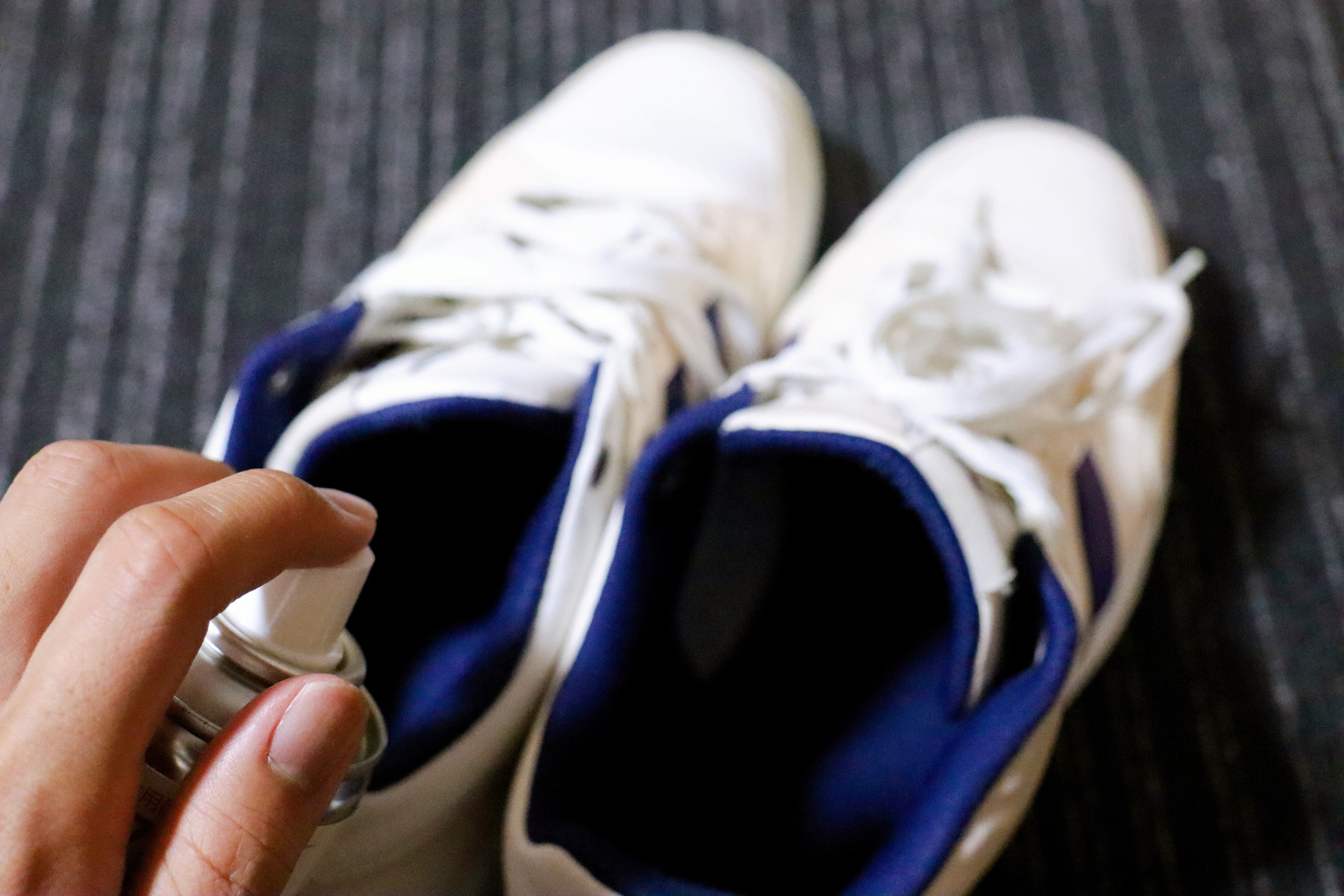
Foot health is often an overlooked but extremely important issue. There are many causes of odor, which is one of the most common problems affecting the feet. These causes can vary from person to person. Depending on the reasons, different methods can be employed to prevent foot odor in everyone.
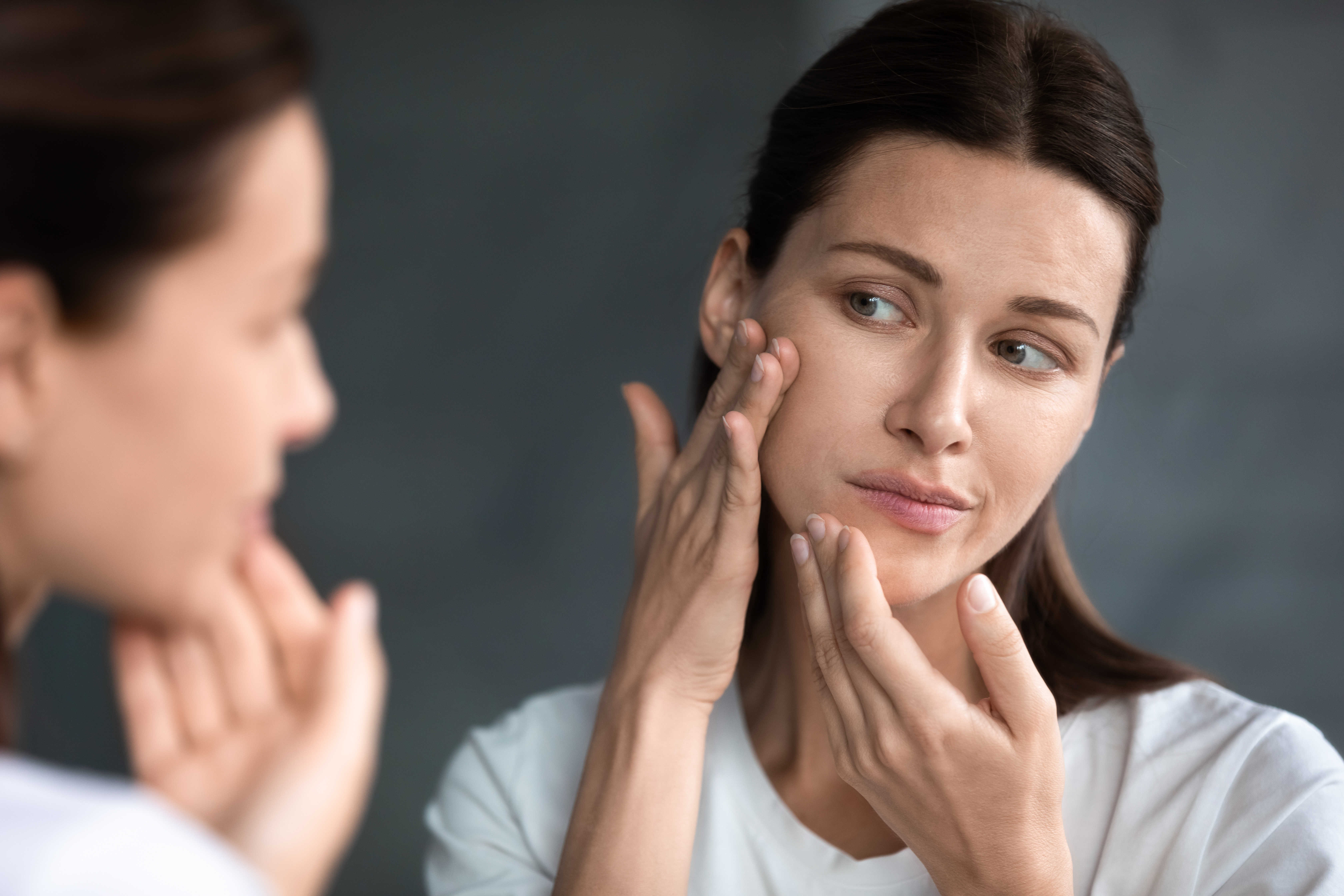
The darkening of certain areas of the skin is referred to as hyperpigmentation. An excess amount of melanin in the body creates brown, black, gray, red, or pink spots or blemishes. These formations are not painful or itchy, but their appearance can be disturbing. Dark spots on the skin can appear at any age, but they are most commonly seen in middle age. This condition is often a result of cumulative exposure to sunlight or artificial ultraviolet (UV) light used in tanning. Spots can also be associated with certain skin disorders and may be a side effect of some medications. Various lifestyle changes and treatments, especially in sun protection and skincare, can help prevent the formation of such skin spots.
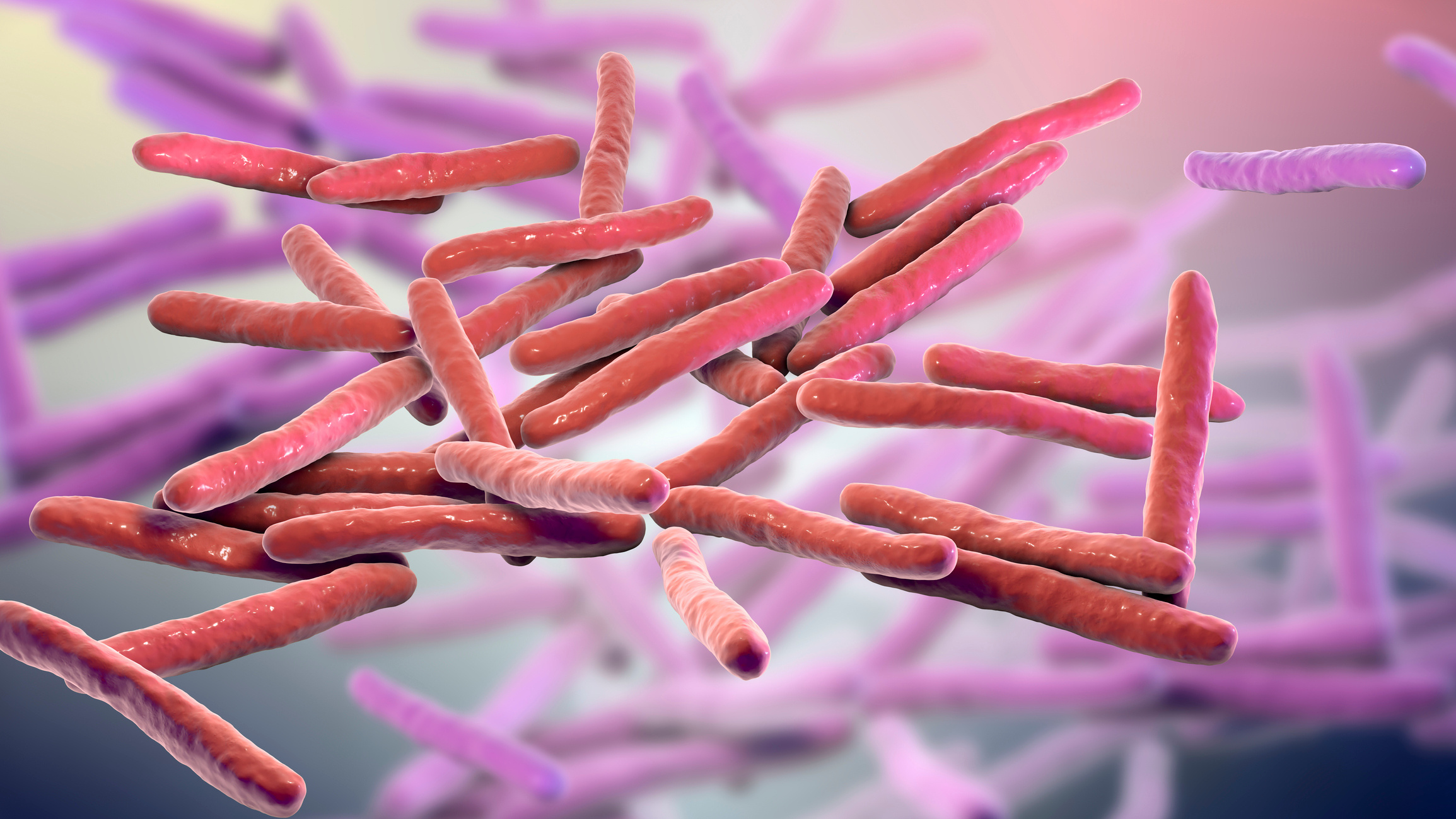

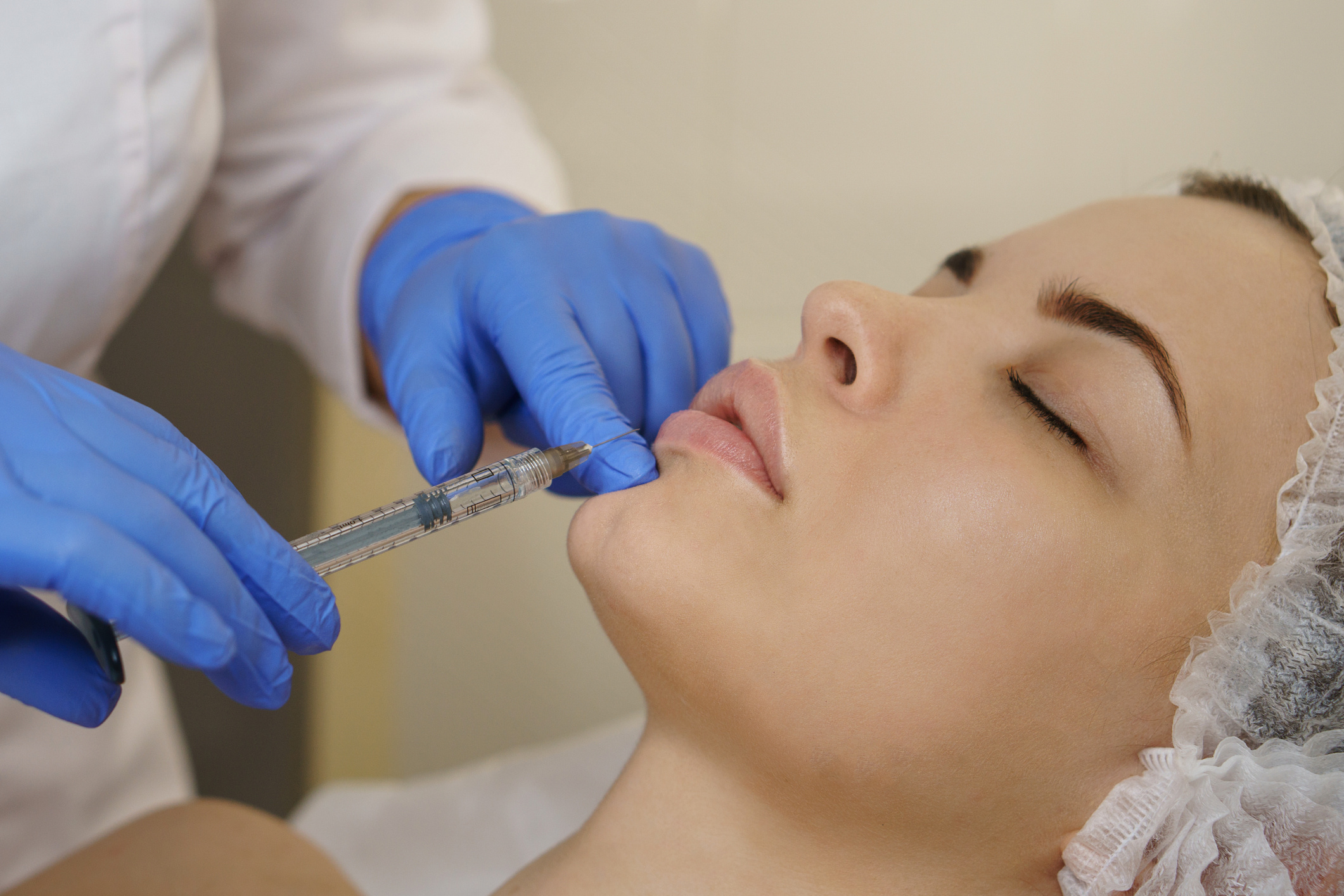
As we age, lines and wrinkles appear in various areas of the body. Dermal filler application can be used to improve the appearance of lines and wrinkles on the face. Dermal fillers can fill the lines and wrinkles on the face and add volume to areas like the lips or cheeks. Fillers made with dermal substances are not permanent. The duration of the filler’s effect depends on the type of filler material used and the area injected. However, it typically lasts between 6 and 18 months. In the filler procedure, injection techniques suitable for the anatomy of the area to be treated are used. The choice of injection technique is decided by a specialist.

Becoming a mother is one of the most special experiences in life; however, the pregnancy and childbirth process causes significant changes in a woman’s body. These changes can become an aesthetic concern for women. Therefore, women may have to deal with the physical effects of pregnancy on their bodies. In response to these concerns, an increasing number of women turn to a transformative solution known as "maternity aesthetics."
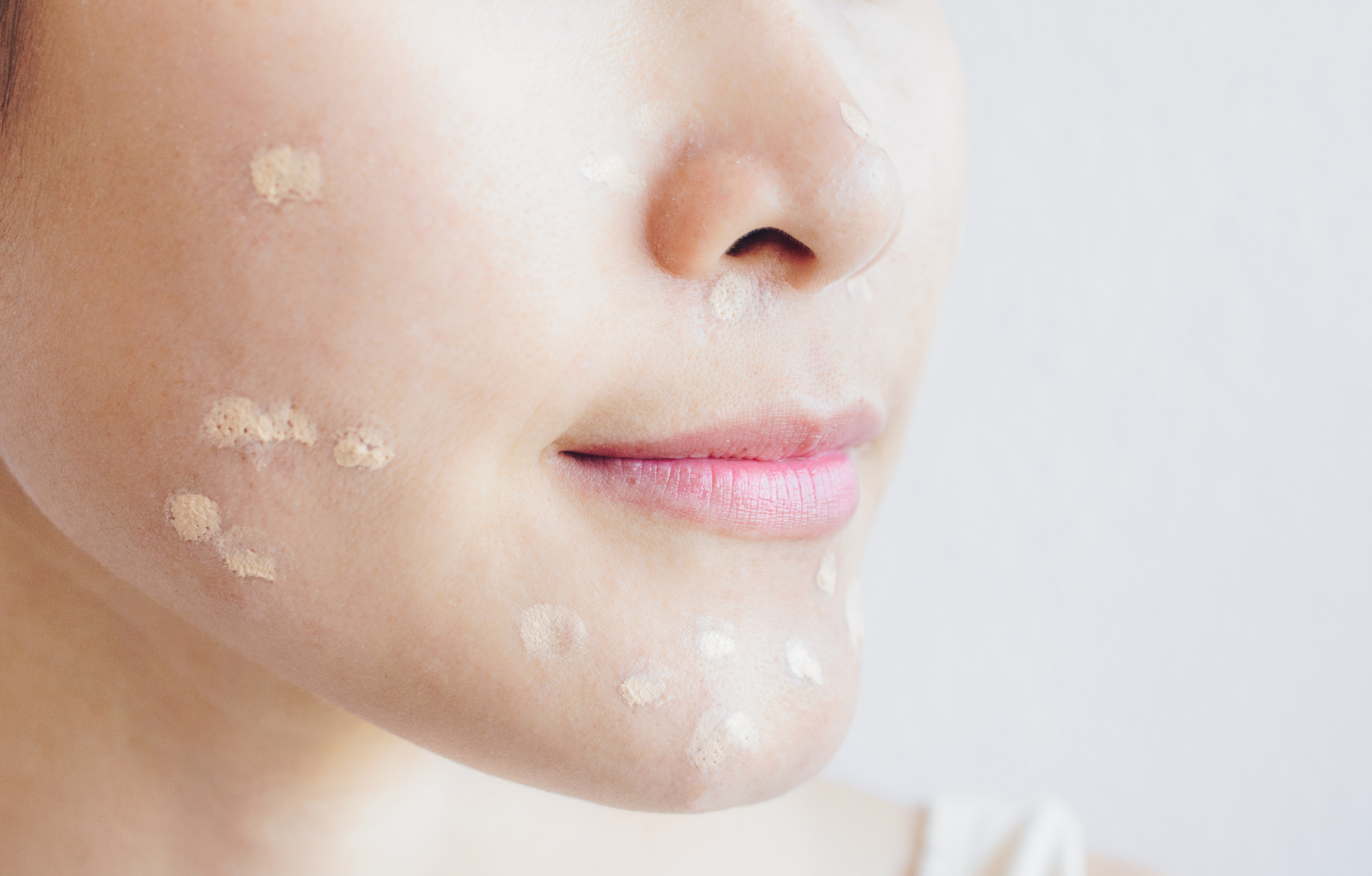
Acne (pimples) is a dermatological condition commonly seen as a part of life worldwide. This condition can develop in various parts of the body, but it most frequently occurs in the hair follicles and sebaceous glands under the skin. Although there is no consensus on a precise grading system, it can be graded using photographic methods and lesion counts. Acne is generally divided into four severity levels based on its morphology: inflammatory and non-inflammatory lesions. These levels are comedonal acne, mild or moderate papulopustular acne, severe papulopustular acne or moderate nodular acne, and severe nodular acne/conglobate acne. The severity and treatment of acne depend on whether it involves inflammatory lesions. The formation of acne is influenced by disrupted sebaceous gland activity, increased sebum production, follicular channel blockage, bacterial colonization, and activation of the immune system.
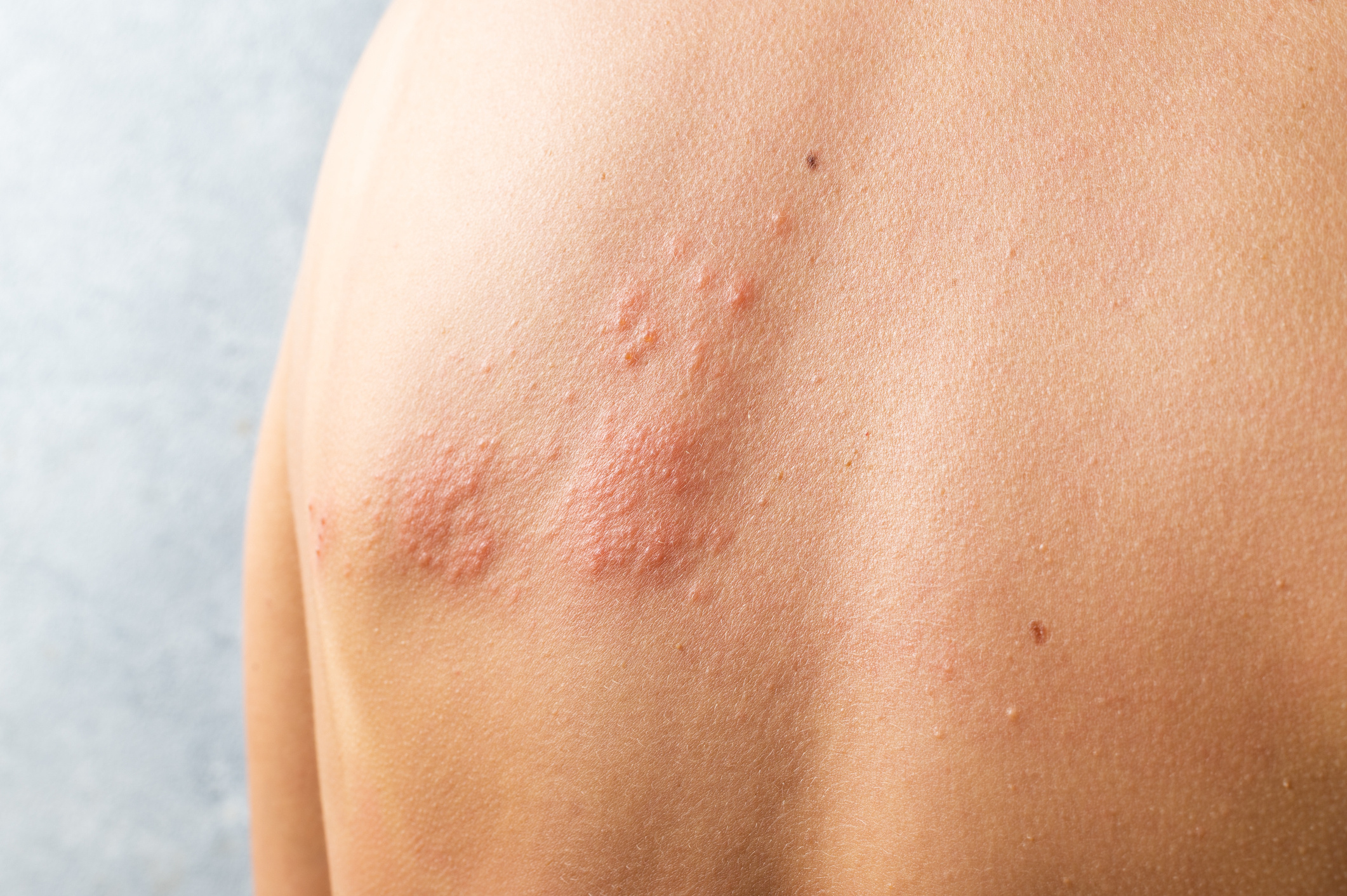
Shingles, also known as herpes zoster, is a viral disease that occurs when the varicella zoster virus, which remains dormant in certain nerve roots after chickenpox, is triggered by various factors.
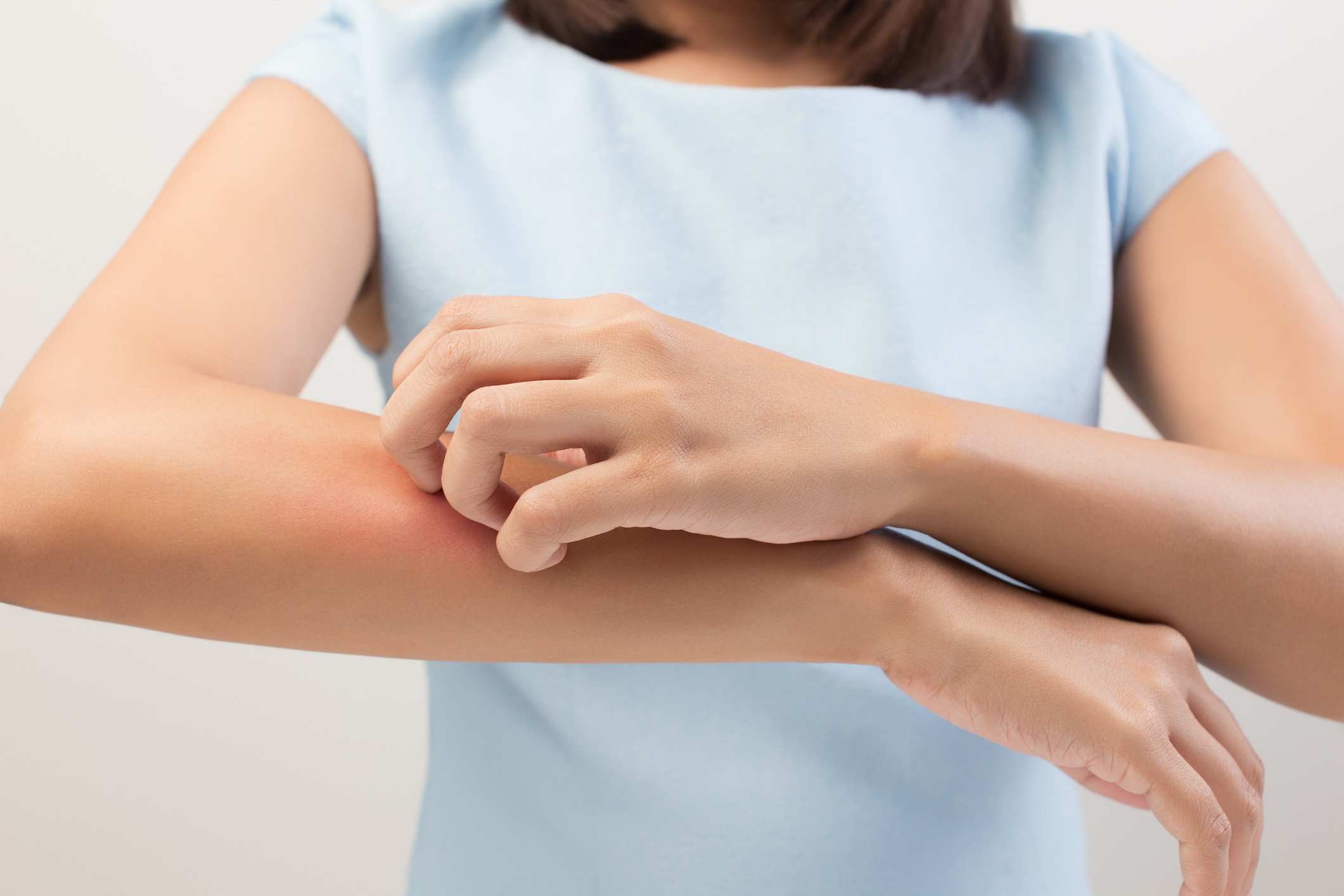
Itching on the body is described as an ongoing sensation of itching or tingling, which can occur anywhere on the body or in a specific area. Persistent itching is uncomfortable and may be uncontrollable. Even if you don’t want to scratch, you may find yourself unable to resist. Constant scratching can lead to skin irritation. The causes of this itching are often skin diseases or internal illnesses, but there are many other reasons for itching on the body.
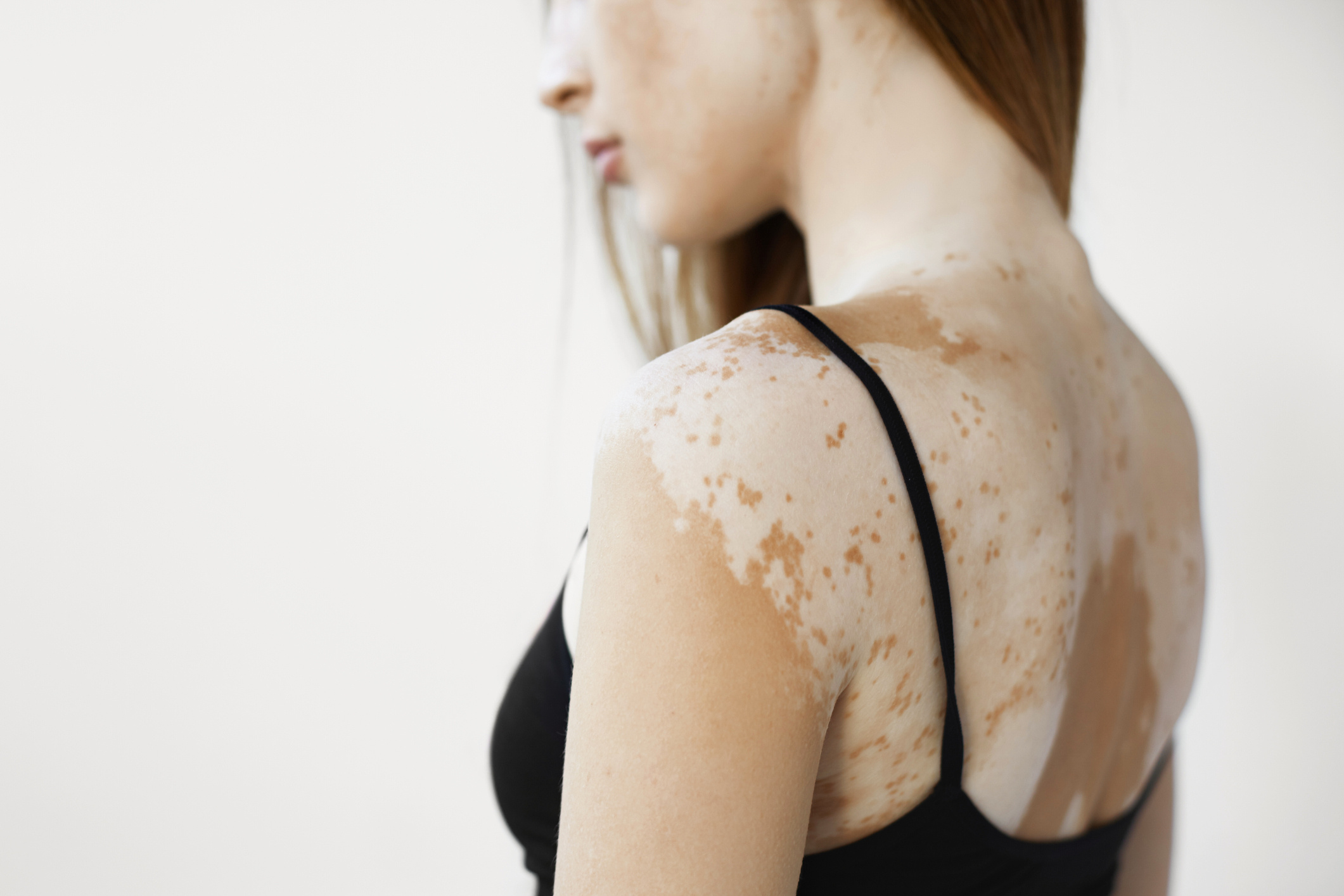
Vitiligo is one of the conditions that physically affect the human body. It is a skin disorder that occurs due to a lack of pigment. It can spread in various ways across the body but does not pose a health risk. While there have been advancements in the medical field to address the light-colored spots, there is no definitive cure, and it cannot be prevented. Vitiligo has different types depending on the area it affects and how it spreads. You can learn more about vitiligo by reading the rest of our article.

Scabies is a disease caused by microscopic organisms called Sarcoptes Scabiei, which are capable of living on the human body. The female Sarcoptes Scabiei mites create tunnels in the skin to lay their eggs. The mites increase in number through the eggs they leave, progressing through the tunnels, causing itching. Both the mites' movement and the allergic reaction in the skin lead to increased itching, resulting in pain and rashes. Scabies, which has very uncomfortable symptoms, should be treated promptly.
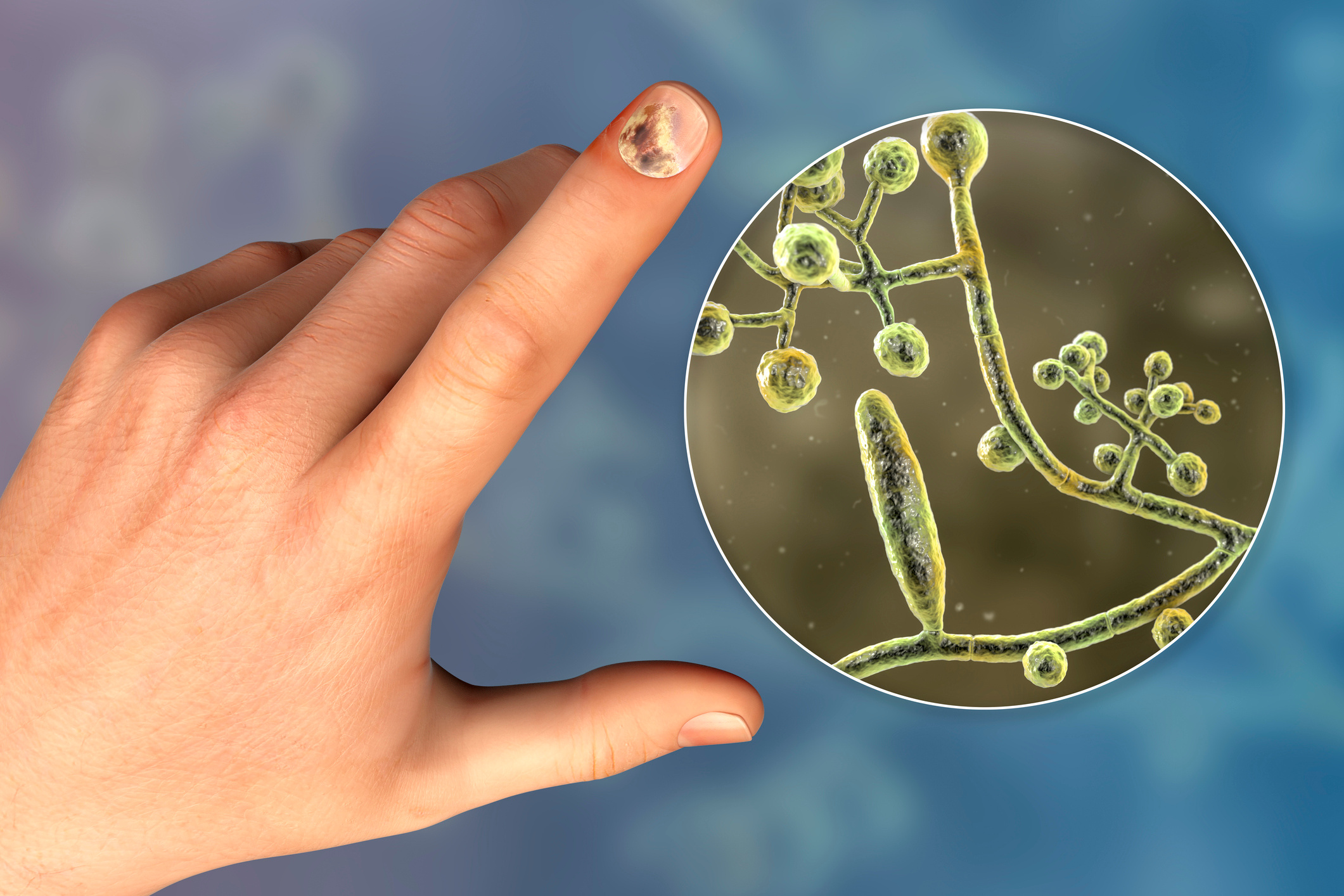
Nail fungus is a common type of infection often encountered in daily life. It can affect both fingernails and toenails. The primary cause of nail fungus is usually poor hygiene of the hands and feet. On the other hand, wearing tight shoes can also contribute to the development of nail fungus. If left untreated, the infection can spread to other nails. When faced with a nail fungus issue, it is essential to seek treatment from a healthcare provider as soon as possible.
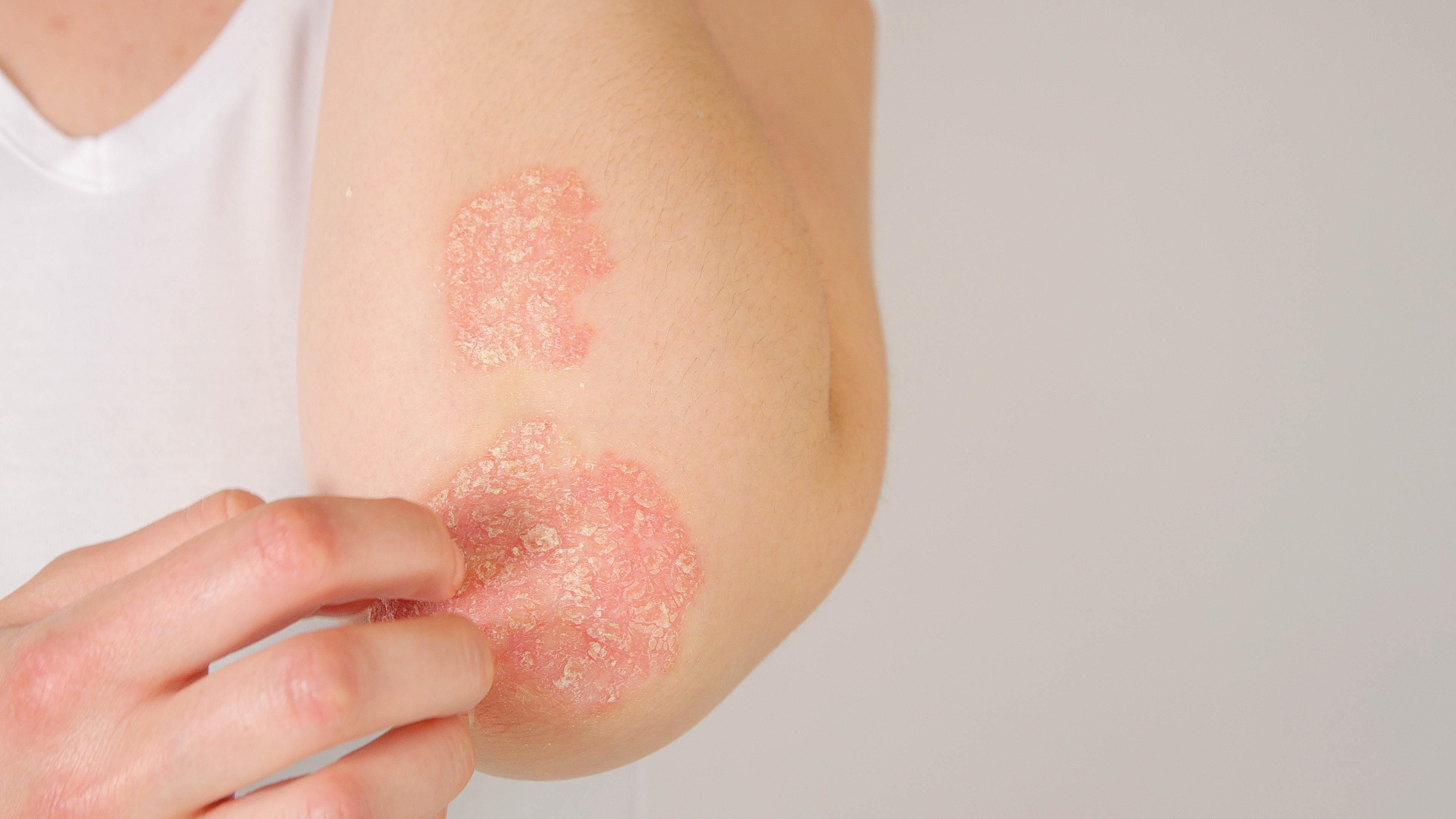
Psoriasis is a common skin disease that affects 1-3% of the population in our country. The disease is characterized by flare-ups and affects both men and women equally. It is marked by white-gray scaling similar to psoriasis and can appear at any age, though it most commonly starts in the 20s. In women, it is frequently observed during adolescence, pregnancy, and breastfeeding, while in men, it tends to appear during adolescence or periods of socio-economic stress.
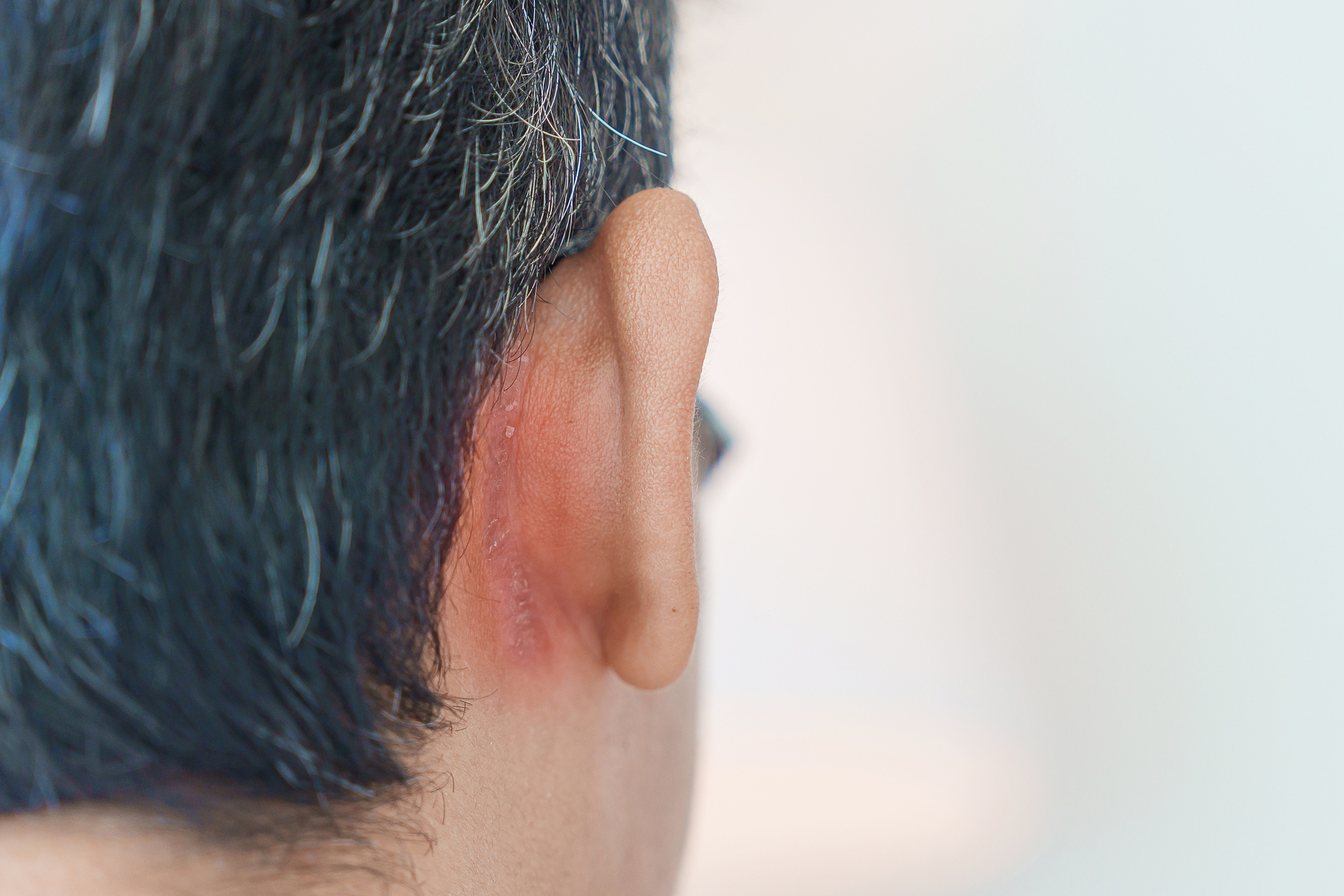
Seborrheic dermatitis is a skin disease that causes flaking and dandruff on areas like the scalp, face, chest, and body folds. The condition can occur in both adults and infants. In some cases, it may improve without treatment. However, symptoms can be severe and negatively impact daily life, necessitating treatment in such instances.
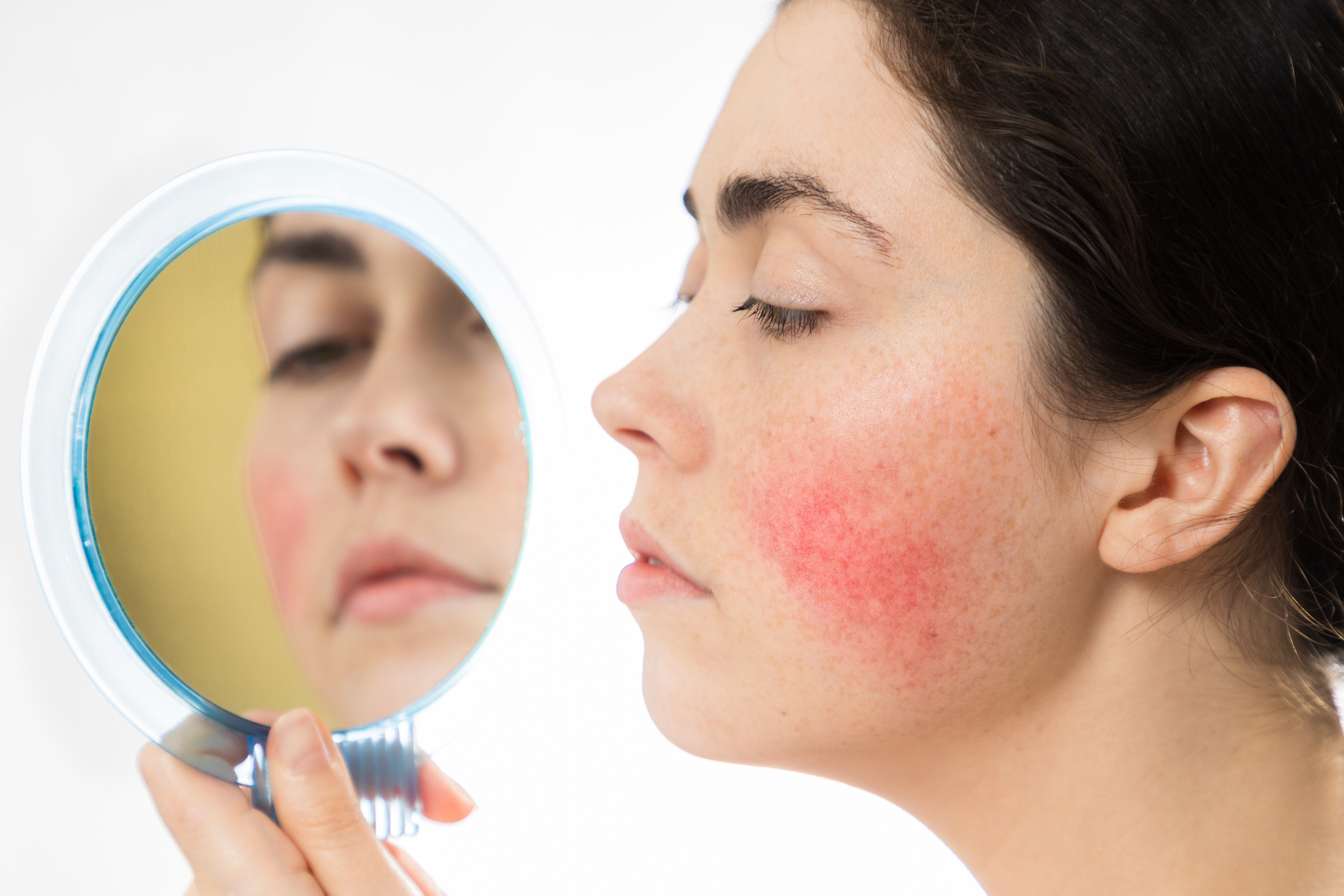
Rosacea, also known as "rose disease," is a skin condition that causes redness and acne-like lesions, particularly on the cheeks and nose. Rosacea is a common condition and can affect people of all ages. However, it is most often seen in middle-aged, fair-skinned women. Treatment for rosacea primarily aims to alleviate symptoms.
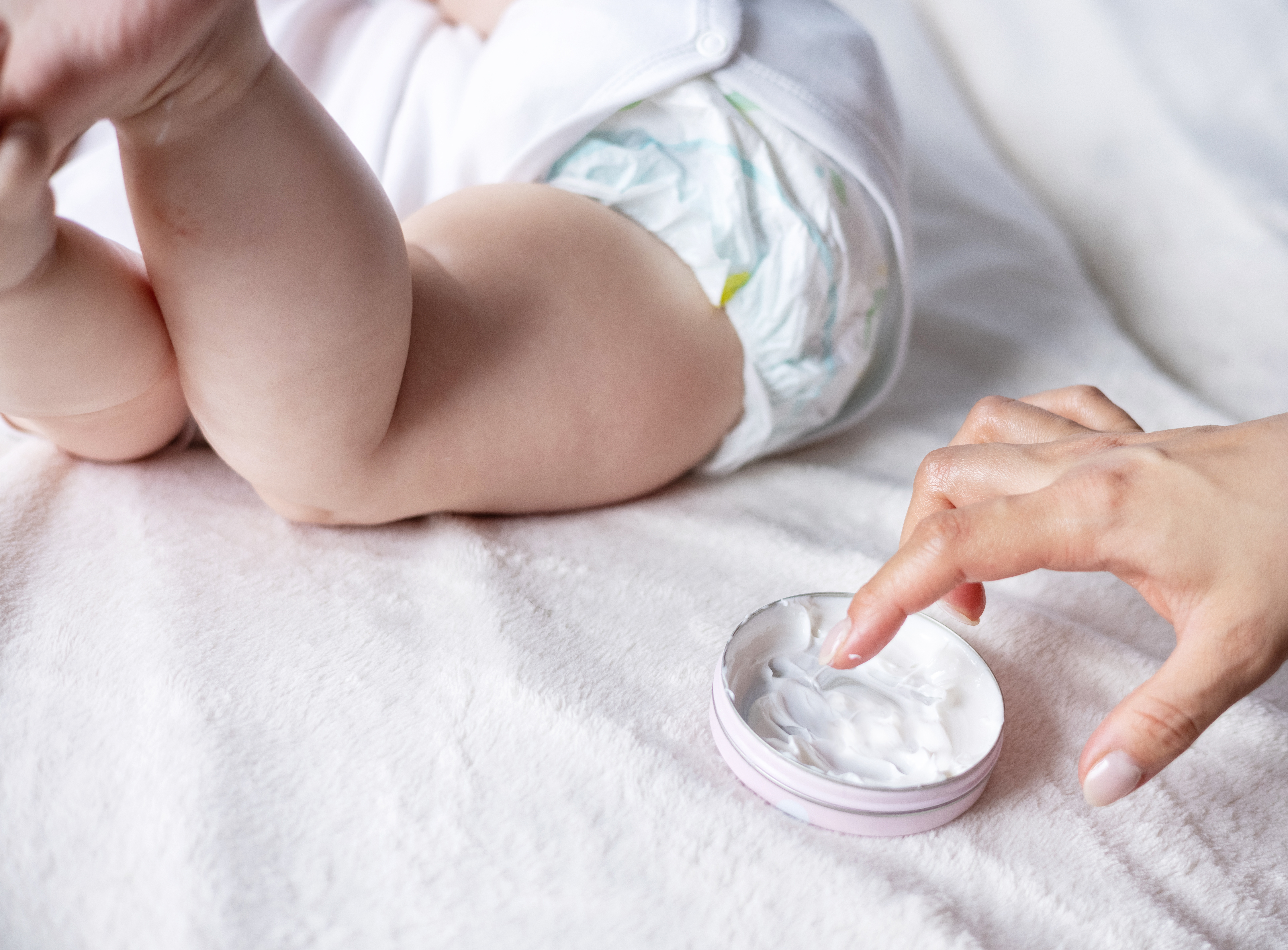
Diaper rash, also known as ammonia dermatitis, occurs when the skin around the buttocks, genital area, and groin becomes irritated due to ammonia exposure. Under normal conditions, urine contains urea, a derivative of ammonia that does not irritate the skin. However, if the baby’s diaper is not changed frequently and urine remains in contact with the skin for an extended time, bacteria can convert urea into ammonia, which has an irritating effect. A type of fungus known as Candida albicans is responsible for this conversion. This fungus uses urine and feces as food sources, and warm, moist areas create an ideal environment for its growth.

Fungal infections are one of the most common skin problems, easily contracted but challenging and lengthy to treat. These infections frequently occur on the skin, between the toes, on the scalp, and on the nails but can also develop in the groin and vaginal areas.
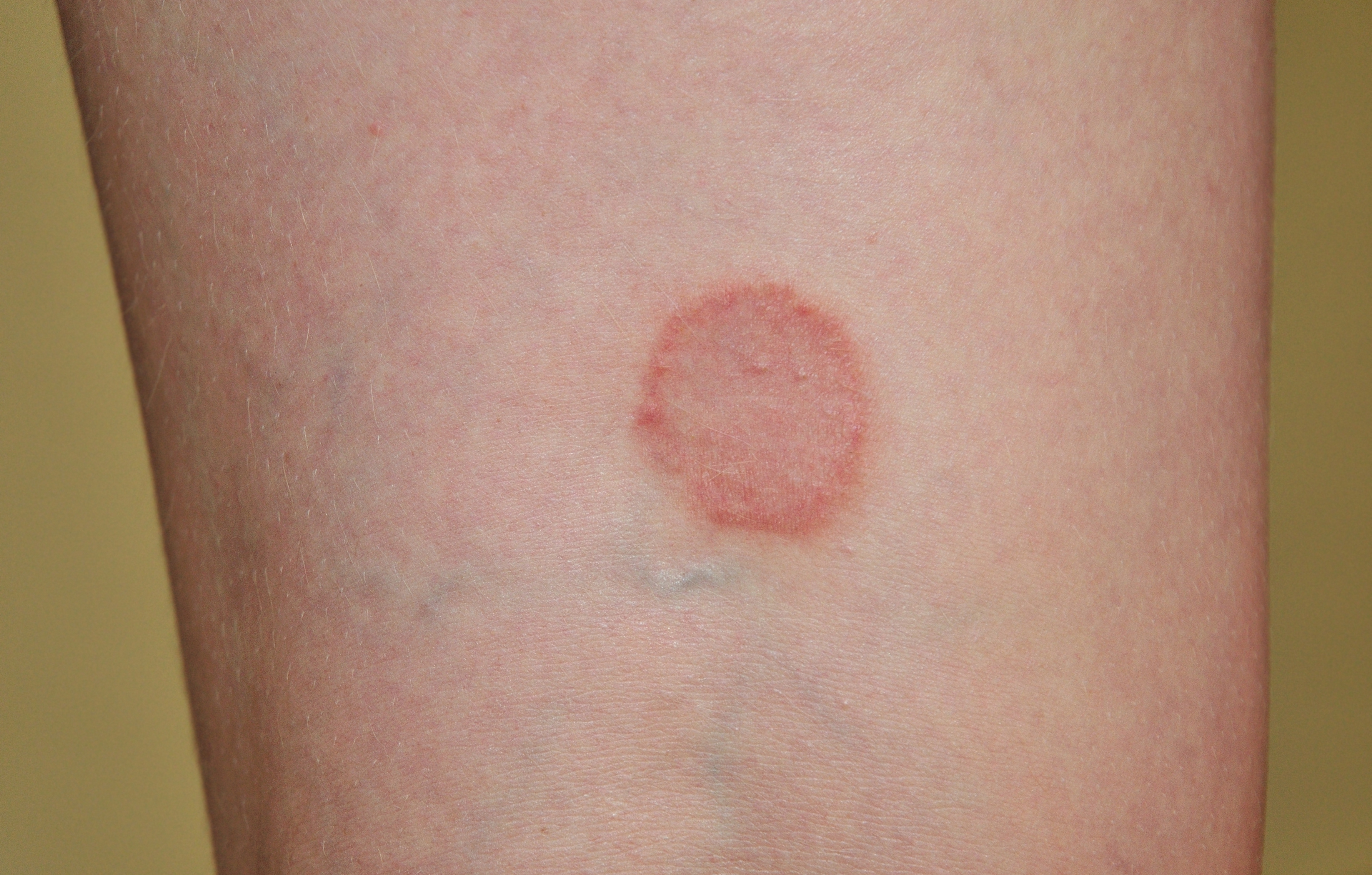
Lichen planus is a type of chronic skin disease that typically appears on the skin and sometimes on mucous membranes, such as in the mouth and genital areas. It often presents as itchy, red, or purple lesions and is most common in individuals aged 30-60, although it can occur at any age. Lichen planus is not a contagious disease; however, some studies suggest that infectious diseases, such as Hepatitis C, may contribute to its development. This article will explore frequently asked questions about lichen planus, including its causes, symptoms, diagnosis, and treatment methods. Lichen planus accounts for about 1% of dermatological health issues and is an inflammatory skin condition that can affect people of all ages and genders. The disease typically appears as violet-colored lesions on the wrists, back, arms, legs, and inside the mouth, often accompanied by itching.

Laser hair removal is an alternative cosmetic procedure that people who are dissatisfied with methods like shaving, waxing, or other hair removal techniques may choose. It is one of the most commonly performed procedures in cosmetic treatments and is generally carried out by firing high-energy beams at the hair follicle. The pigment within the follicle absorbs these beams, causing the hair follicle to be damaged.

Urticaria, also known as hives, is a type of skin reaction that causes redness, itching, and welts on the skin. Although it is commonly associated with allergies, hives can be triggered by many different causes and can occur in both acute and chronic forms. Acute urticaria (lasting less than 6 weeks) is much more common than chronic urticaria (lasting more than 6 weeks). In addition to urticaria, swelling known as angioedema may also occur. Angioedema generally appears around the face and lips but can also appear anywhere on the body. Acute hives usually occur without an underlying disease and are short-lived. However, they can cause significant discomfort, including burning and itching, which can affect sleep and quality of life, making treatment necessary. If the condition becomes chronic, individuals experience these symptoms for a longer period, and they may worry about when the condition will end. In such cases, underlying diseases need to be investigated. Anyone with long-term or suddenly severe hives should seek consultation from a dermatologist and begin appropriate treatment.
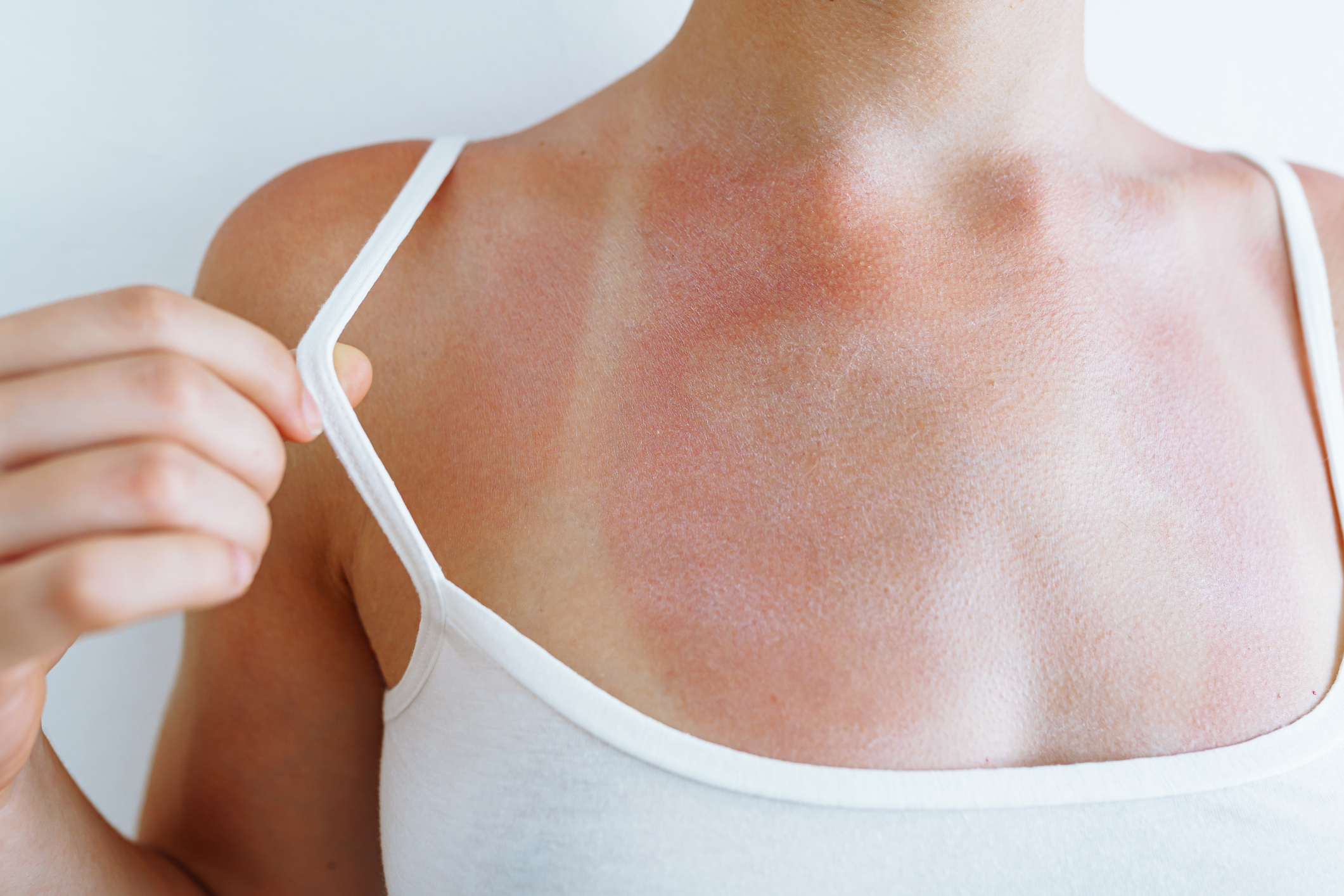
Sun allergy is a type of allergic reaction that occurs when individuals with sensitive skin are exposed to sunlight for extended periods. It can manifest as redness, irritation, skin rashes, and swelling. In some individuals, sun allergy may be genetic, while in others, it can develop due to heightened sensitivity after exposure to other allergens. When the skin is exposed to the sun without protection for long periods, sunburns can occur. Many people confuse sunburns with sun allergies. Sunburns result from excessive exposure to ultraviolet (UV) light. Sunburns can occur due to prolonged natural sun exposure or from artificial tanning devices, such as tanning beds. Sunburn symptoms typically include redness, pain, and blisters, and they may appear 10–30 hours after exposure. These symptoms can generally be treated with medications and may take several days to fully resolve. In contrast, sun allergies can manifest symptoms within 5-10 minutes of exposure, although in some cases, this can take a few days.

Eczema is a common skin condition that causes dry and itchy lesions on the skin's surface. Many genetic and environmental factors can contribute to eczema. This disease is not contagious; however, exposure to any allergen or irritant can exacerbate eczema symptoms. These symptoms can include severe dryness and itching, skin rashes, swelling, and thick, red lesions. In some cases, the symptoms can be intense, negatively affecting a person's quality of life and daily activities. Therefore, some treatment methods are applied to manage the symptoms.
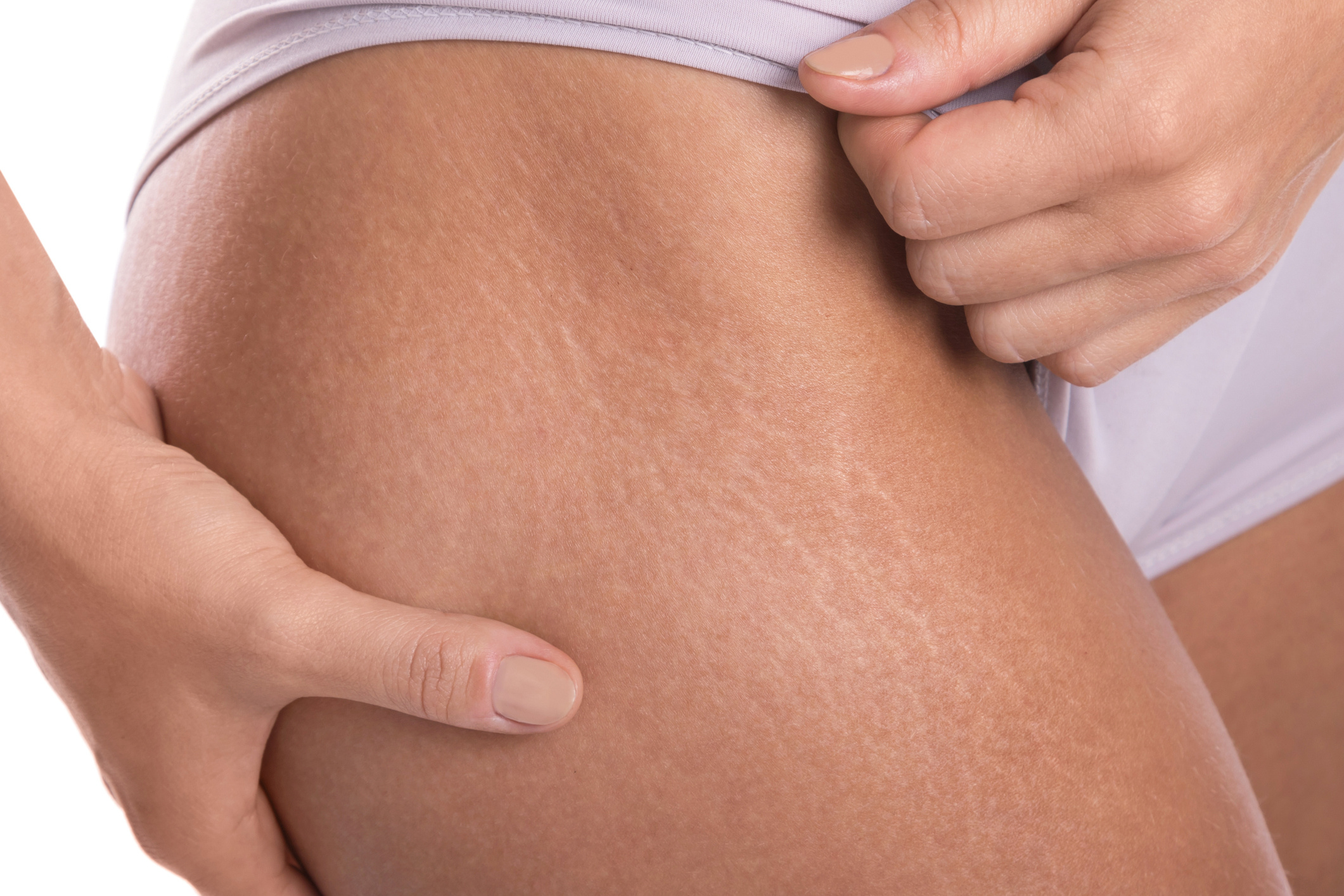
Stretch marks are tears that occur in the dermis layer of the skin when the skin is overstretched. The main cause of stretch marks is hormones. Therefore, changes such as pregnancy, puberty, rapid weight gain, and sudden weight loss, which are accompanied by hormonal changes, can cause stretch marks on the skin.
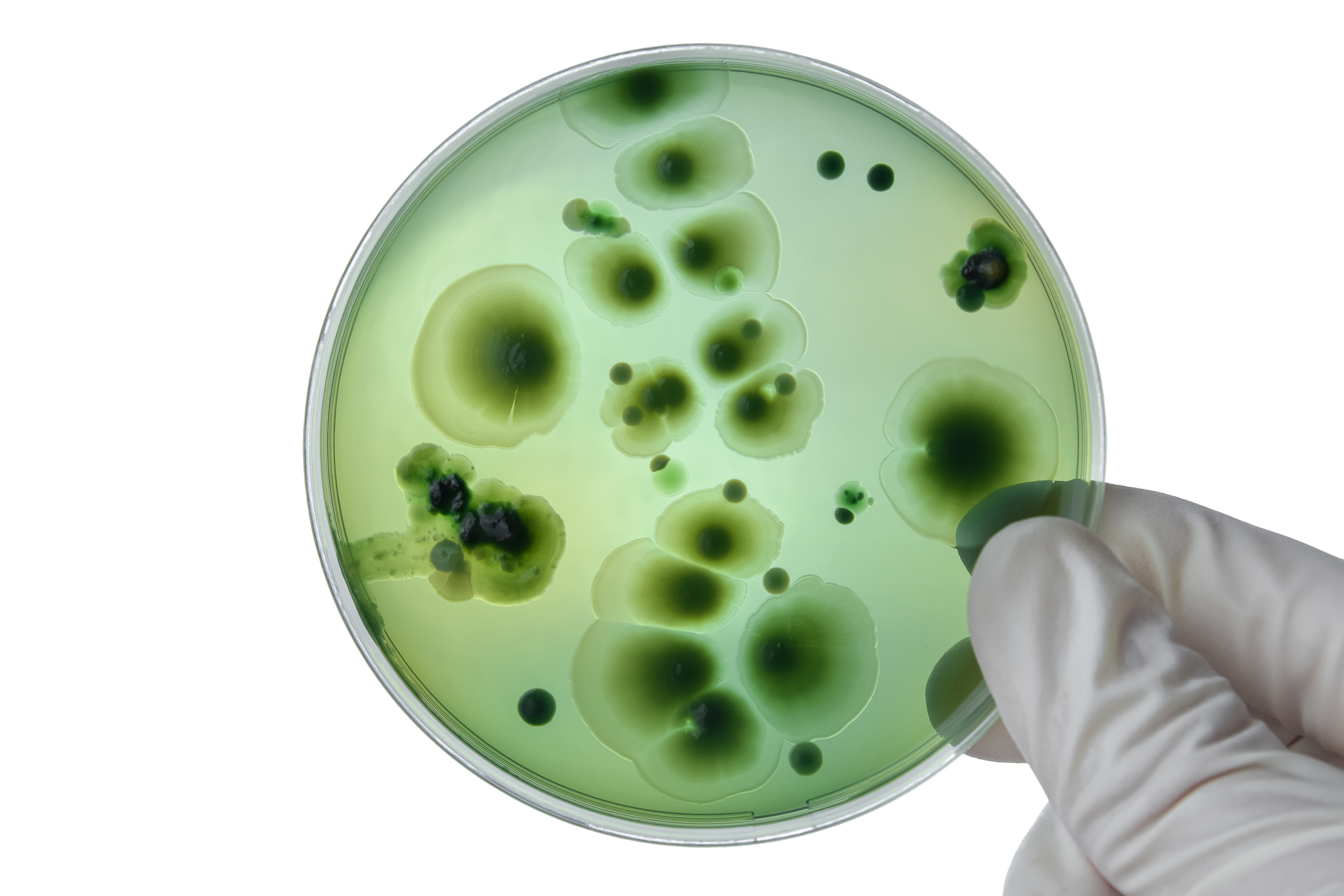
Athlete's foot is a common type of infection that can affect both men, women, and children, especially men. Fungi thrive in dark and humid environments, which is why they can inhabit body folds, the groin area, and between the toes. Athlete's foot develops between the toes, on the toes, and in the toenails, causing significant symptoms for the affected person. Since the symptoms of athlete's foot can severely affect daily life, its treatment should not be delayed.
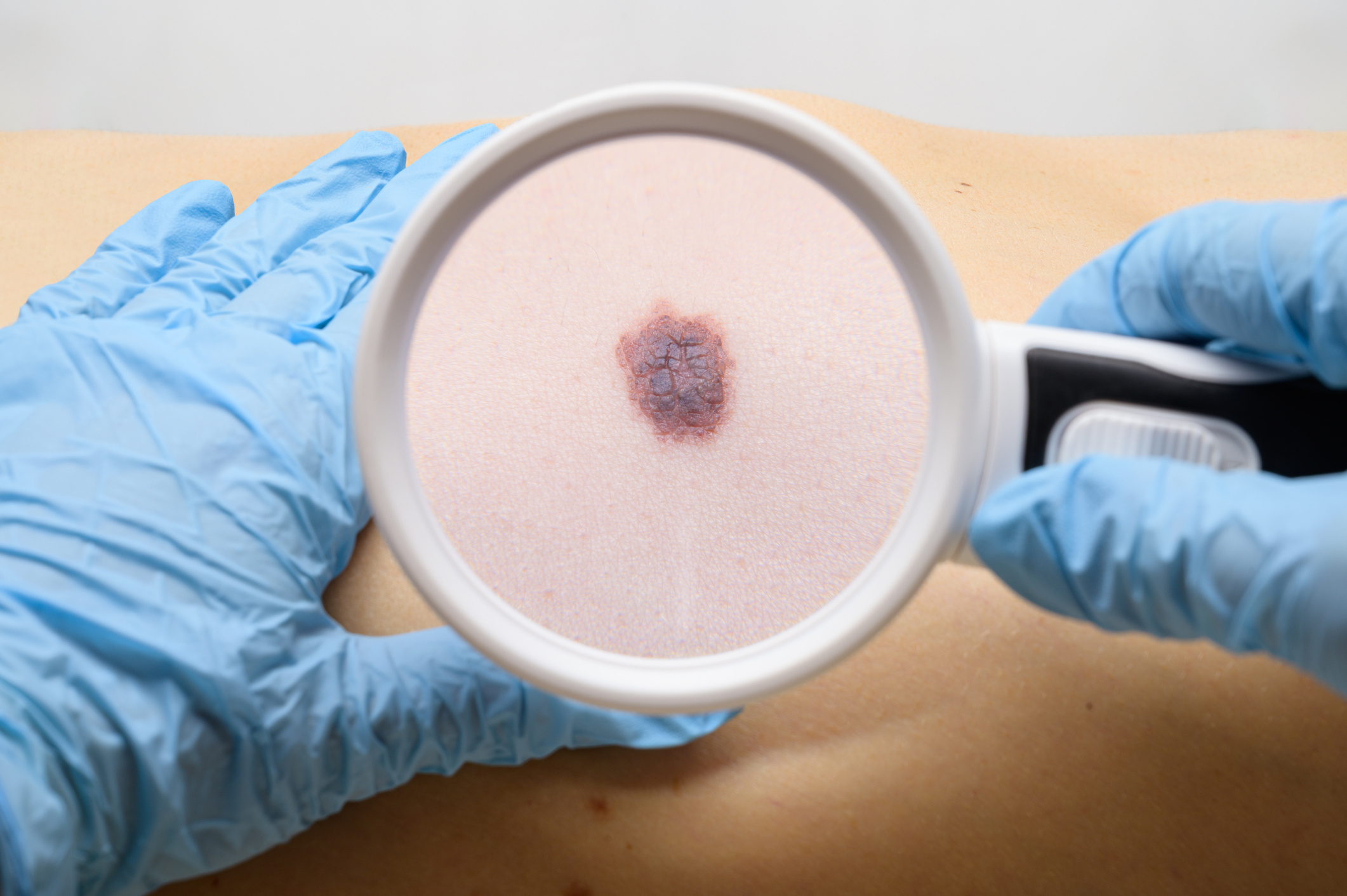
Skin cancer occurs when DNA damage arises in the cells of the skin and this damage is not repaired, leading to uncontrolled proliferation of the damaged cells. More than 99% of skin cancers are composed of three types of cancer.

Skin cancer, contrary to popular belief, is a common type of cancer. Research has shown that nearly one in five people will develop skin cancer at some point in their lives (1). Moreover, if diagnosed early, the disease can be completely treated. Common treatment methods include excision, cryotherapy, chemotherapy, radiation, and Mohs surgery. Appropriate treatments can be applied based on the type or stage of the disease. In some cases, a combination of several treatment methods may be used. Early diagnosis is crucial for complete treatment, so it is important to pay attention to any changes in the skin. To avoid skin cancer, it is important to have a dermatology check-up at least once a year.
Featured Cancer Articles
- 6 Nutrition Tips for Those Who Fast
- What is Disease X (Virus X)?
- How Does Cancer Form?
- What is an Ovarian Cyst?
- What is Cervical Cancer?
- What Are the Symptoms and Treatment Methods of Testicular Cancer?
- Symptoms, Diagnosis, and Treatment Process of Bladder Cancer
- Liver Cancer
- What is Stomach Cancer? What are Its Symptoms and Treatment?
- Thyroid: What is it, Symptoms, Diagnosis, and Treatment


